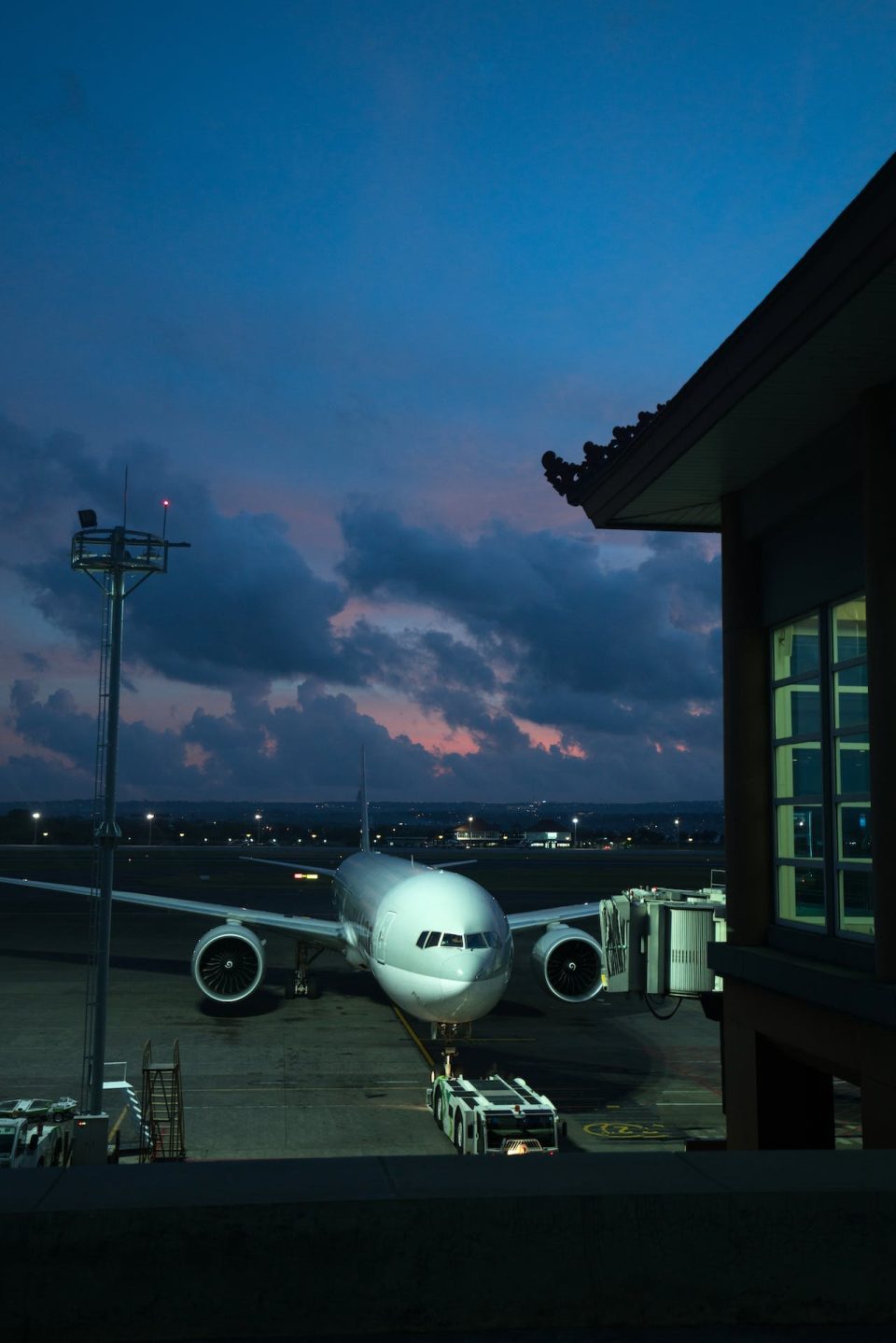Boeing’s defense unit has encountered greater challenges in its transformation efforts than initially projected, with supplier errors and high manufacturing costs resulting in losses of $1.7 billion in 2023. These losses have been primarily attributed to programs including the next-generation Air Force One and NASA’s Starliner capsule. Despite investing $4.4 billion in 2022 to mitigate the risks of future cost overruns, the performance of Boeing’s defense unit has shown minimal improvement this year.
A review of Boeing’s regulatory documents reveals that, excluding the previous year, losses incurred on the defense programs in 2023 exceed those of all years since 2014. In contrast to its defense industry counterparts, which have reaped profits from the conflict in Ukraine, Boeing finds itself locked into contracts that compel the aerospace giant to bear losses if technology development surpasses allocated budgets.
In the third quarter, Boeing’s defense unit recorded expenses amounting to $933 million. This figure includes a $482-million loss in the construction of two Air Force One planes and a $315-million setback on an undisclosed satellite project, which had not previously experienced losses.
During an investor call on Wednesday, Boeing’s Chief Financial Officer Brian West outlined plans to implement new training programs and allocate additional resources to vendors. These measures aim to facilitate a transition from negative profit margins to high-single digits by 2025-2026, a timeline that aligns with the anticipated completion of the unit’s most troubled programs after flight testing.
Defense analyst Byron Callan of Capital Alpha Partners questioned why it took Boeing years to implement programs aimed at bolstering execution, remarking that “someone really dropped the ball here.” Analysts concur that Boeing faces limited options to offset the financial burden of its extensive list of fixed-price development contracts with clients such as the U.S. Defense Department and NASA. These agreements, constituting 15% of Boeing’s defense program revenue, were established prior to the challenges faced by Boeing’s commercial airplane business, including the MAX issues, pandemic-related disruptions, and surging prices for labor and materials.
A recent manufacturing mishap, where a vendor improperly coated KC-46 fuel tanks, further exacerbated the pressure on Boeing. Seth Seifman of JP Morgan highlighted that each new expense represents an escalation in anticipated costs compared to three months prior. Even after these adjustments, the Boeing Defense Space and Security (BDS) division has yet to generate tangible profits.
Boeing has consistently stated its reluctance to engage in new fixed-rate contracts for the developmental phases of weapons due to the inherent uncertainties in designing and testing new products, often resulting in unforeseen expenses. However, ongoing fixed-price development projects, including the U.S. Air Force’s KC-46 refueling tanker, T-7 training jet, new Air Force One planes, the Navy’s MQ-25 tanker drone, and NASA’s Starliner, have continued to surpass budgetary allocations this year.
In its pursuit of profitability, Boeing aims to secure future contracts for next-generation fighter jets and cutting-edge drones, as noted by Richard Aboulafia of AeroDynamic Advisory, who described the environment as “a target-rich atmosphere.” Although Boeing has grappled with higher costs and losses in its defense business this year than initially projected, executives maintain their optimism about steering the unit towards profitability by the mid-to-late 2020s. Achieving this goal will necessitate concerted efforts, including the implementation of training programs and the allocation of additional resources to vendors, to ensure Boeing’s defense unit regains its footing on the path towards high single-digit profit margins.
Source: Reuters

